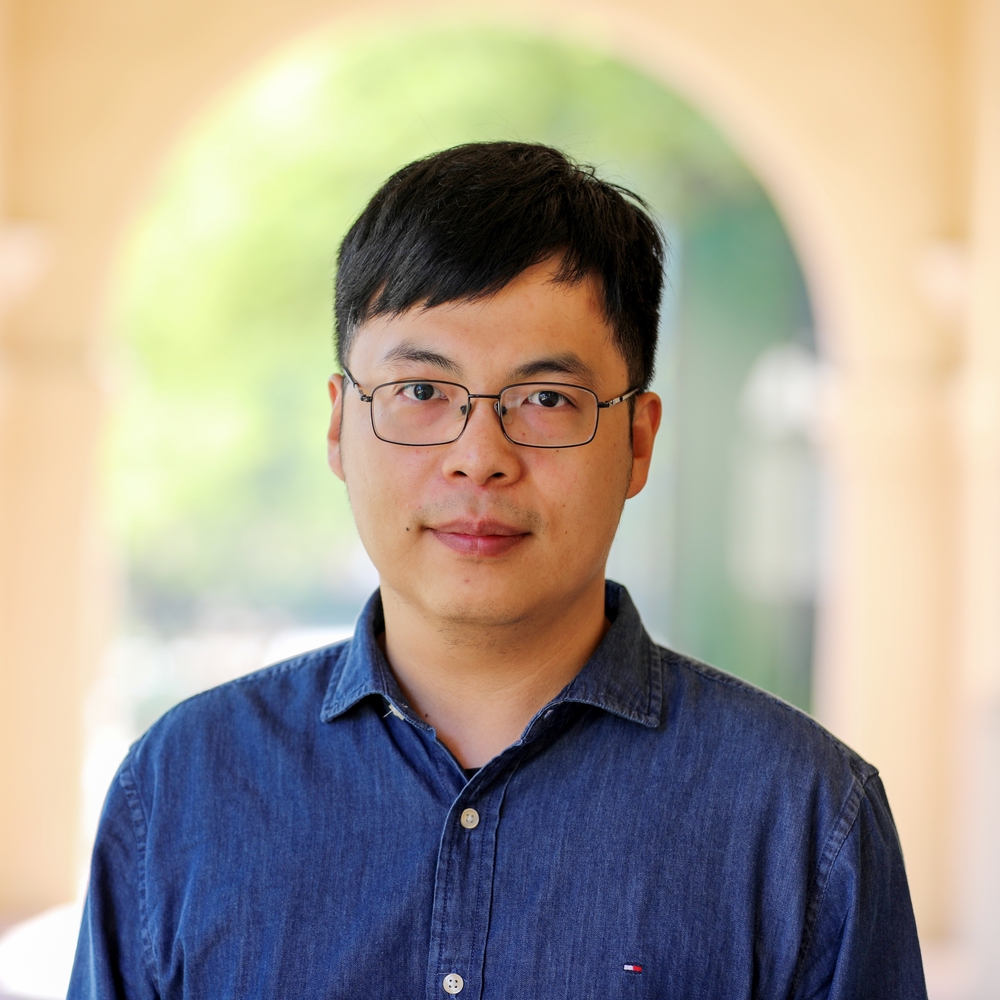Abstract
Fluorescence microscopy imaging speed is fundamentally limited by the measurement signal-to-noise ratio (SNR). To improve image SNR for a given image acquisition rate, computational denoising techniques can be used to suppress noise. However, common techniques to estimate a denoised image from a single frame either are computationally expensive or rely on simple noise statistical models. These models assume Poisson or Gaussian noise statistics, which are not appropriate for many fluorescence microscopy applications that contain quantum shot noise and electronic Johnson–Nyquist noise, therefore a mixture of Poisson and Gaussian noise. In this paper, we show convolutional neural networks (CNNs) trained on mixed Poisson and Gaussian noise images to overcome the limitations of existing image denoising methods. The trained CNN is presented as an open-source ImageJ plugin that performs real-time image denoising (within tens of milliseconds) with superior performance (SNR improvement) compared to conventional fluorescence microscopy denoising methods. The method is validated on external datasets with out-of-distribution noise, contrast, structure, and imaging modalities from the training data and consistently achieves high-performance (>8dB) denoising in less time than other fluorescence microscopy denoising methods.
Publication
Optica, vol. 9, no. 4, pp. 335-345

Assistant Professor of ECEE and BME
I am an Assistant Professor of Electrical, Computer & Energy Engineering (ECEE) and Biomedical Engineering (BME) at the University of Colorado Boulder (CU Boulder). My long-term research goal is to pioneer optical imaging technologies that surpass current limits in speed, accuracy, and accessibility, advancing translational research. With a foundation in electrical engineering, particularly in biomedical imaging and optics, my PhD work at the University of Notre Dame focused on advancing multiphoton fluorescence lifetime imaging microscopy and super-resolution microscopy, significantly reducing image generation time and cost. I developed an analog signal processing method that enables real-time streaming of fluorescence intensity and lifetime data, and created the first Poisson-Gaussian denoising dataset to benchmark image denoising algorithms for high-quality, real-time applications in biomedical research. As a postdoc at the California Institute of Technology (Caltech), my research expanded to include pioneering photoacoustic imaging techniques, enabling noninvasive and rapid imaging of hemodynamics in humans. In the realm of quantum imaging, I developed innovative techniques utilizing spatial and polarization entangled photon pairs, overcoming challenges such as poor signal-to-noise ratios and low resolvable pixel counts. Additionally, I advanced ultrafast imaging methods for visualizing passive current flows in myelinated axons and electromagnetic pulses in dielectrics. My research is currently funded by the National Institutes of Health (NIH) K99/R00 Pathway to Independence Award.